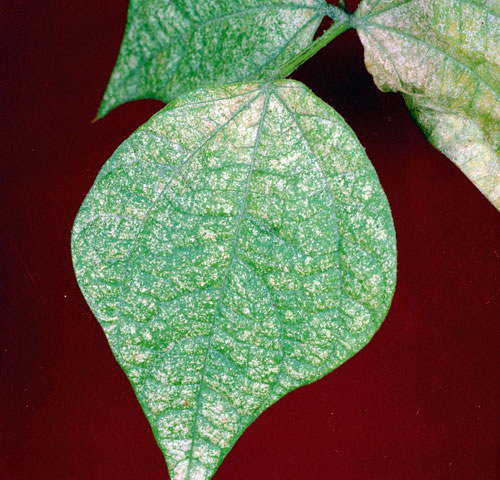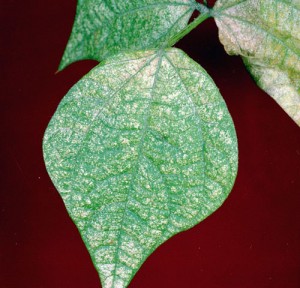
01 Jun Summer Agronomic Problems and Solutions
Summer is around the corner which means homeowners need to be aware and prepare for the problems they may face dealing with lawn care as well as the damaging heat that may harm trees and shrubs.
Chinch Bugs and Grub
Chinch bugs and Grub pests can destruct even the best lawn care program. Chinch bugs use sharp mouth parts to draw sap and insert toxins into the crowns and stems of grass plants causing extensive damage to your lawn. Chinch bug infestation is usually discovered when irregular patches of grass begin to turn yellow and then straw colored. Watering is not the solution to this problem. These patches will continue to become larger even if you are consistently watering. Damage normally occurs during the hotter, dryer weather from June into September. Usually, the best timing for chinch bug control treatment is in early June. Our lawn care specialist, Glenn Koleda, will recommend a program that integrates both curative chinch bug treatments and preventive measures in order to maintain maximum pest control in your lawn. Grub pests which reside and live under the grass may pose an even larger problem to a homeowner’s lawn. A Grub pest eats the roots of your grass which may cause you to not realize its presence until the grass starts to die. Results of grub damage will include dead grass, plants and flowers.
Summer Heat
The oncoming summer heat may be especially damaging to your tree and shrub layout causing the infestation of Spider Mites. Early detection is essential for spider mite control. The first sign of an infestation is the damage they do to leaves. This is usually seen first as a speckling or white dotted pattern on the leaves. Underneath these leaf dots will be mites that are barely seen with the naked eye. A magnifying glass may be a good investment when detecting this infesting insect. Bronzing, stippling and burning on the top side of leaves are signs of the presence of spider mites. Damaged leaves turn yellow, dry up and drop from the plant. Another method to detect Spider Mites is to hold a white sheet of paper under a plant and shake the plant. Mites will fall off onto the paper as tiny black dots. A single monthly treatment to prevent mite outbreaks is an easy solution to this problem!
Lawn and Plant Fungus
Powdery mildew, caused by the microsphaera alni fungus, usually starts on older lilac leaves around July. Although powdery mildew usually won’t kill your lilac bushes, it can ruin their appearance and can reduce or stop next season’s blooming.
Conditions favorable to fungus development include:
- Warm and/or humid weather
- Too much shade
- Over fertilization
- Crowding
- Over-watering
Not only are lilacs very susceptible to fungus throughout the summer days, Kentucky Bluegrass does not tolerate mildew as well. If your Kentucky Bluegrass lawn looks extraordinarily dry you may have a fungus problem. Watering the infected grass will end up agitating the lawn even more. An antifungal control is the best way to solve your fungus problem.
Our lawn care expert, Glenn Koleda uses a broad spectrum fungus control that will leave your lawn beautiful and green throughout every season. It is not too late to apply an application which will act as a 21 day preventative or that can cure the plant altogether. It’s always best to prevent a problem – early detection will give you the upper hand when opposing this pest. Glenn Koleda has extensive training and knowledge that can take care of any of your problems. Call us today and we will be more than happy to work with you to get the best possible outcome for your lawn. Email or call us today.



